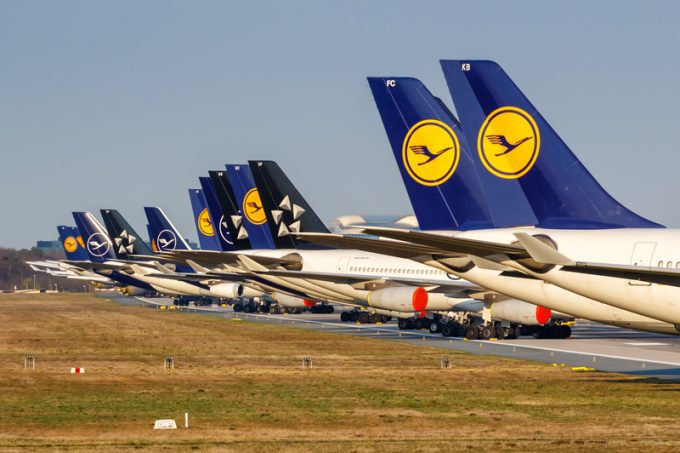Air cargo sees flurry of new routes between Europe and Asia
So far this year, four new airfreight services between Europe and Asia have been announced. Today, ...

The A330-200 has vanished from American Airlines’ operations.
The US carrier announced on Wednesday it would put its entire A330-200 fleet into deep storage at least until 2022, with routes served with the type to be covered by B777s and 787s.
As realisation sinks in that the road back to pre-Covid-19 passenger numbers will likely take two or three years, the fate of some of the grounded planes looks increasingly hazy.
By mid-April, the pandemic had grounded more than 16,000 passenger jets – ...
Volcanic disruption at Anchorage could hit transpacific airfreight operations
Macron calls for ‘suspension’ – CMA CGM's $20bn US investment in doubt
Forwarders stay cool as US 'liberation day' tariffs threaten 'global trade war'
Shippers snap up airfreight capacity to US ahead of tariff deadline
De minimis exemption on shipments from China to the US will end in May
Tighter EU import requirements proving 'a challenge' for forwarders
Looming Trump tariffs will create 'a bureaucratic monster' for Customs

Comment on this article